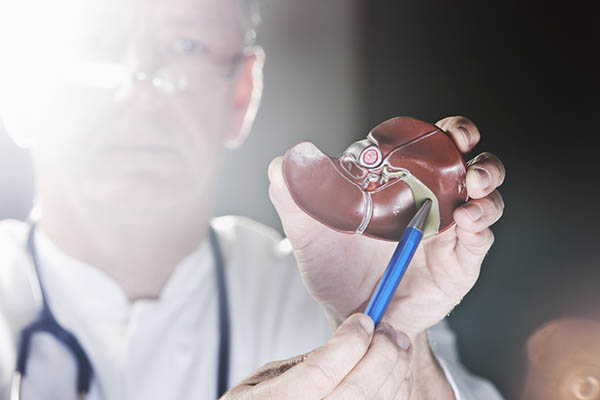Understanding Gallstone Surgery and Its Indications Based on Symptoms
Gallstones are a common digestive disorder that can cause a range of symptoms, from mild discomfort to severe abdominal pain. When dietary changes and medication fail to manage the condition effectively, gallstone surgery, also known as cholecystectomy, may be recommended. This surgical procedure involves the removal of the gallbladder and is recognized as a definitive way to prevent future gallstone-related complications. In this discussion, we’ll delve into the types of gallstone surgeries available, the symptoms that typically necessitate this intervention, and what patients can expect during the postoperative period.
Gallstones are a common health issue where hardened deposits form in the gallbladder. This condition can sometimes necessitate surgery, particularly when it leads to symptoms or complications. Understanding the symptoms of gallstones and when surgery is recommended is crucial for effective treatment and management.
Symptoms of Gallstones
Gallstones may not always cause noticeable symptoms. However, when they block a duct, significant discomfort, and other symptoms can arise. Typical symptoms include severe pain in the upper right abdomen, often described as biliary colic. This pain might radiate to the back or shoulder blade area. Accompanying abdominal pain, nausea and vomiting are common. In cases where an infection sets in, fever and chills might occur. Jaundice, or yellowing of the skin and eyes, is another symptom that appears when bile flow is obstructed. Additionally, changes in urine and stool color, such as darker urine and lighter stools, can indicate a blockage in the bile ducts.
When is Surgery Recommended?
Surgery, specifically the removal of the gallbladder, known as cholecystectomy, is typically recommended in symptomatic cases. If an individual experiences recurrent episodes of pain or develops complications like inflammation of the gallbladder, pancreatitis, or blockages leading to jaundice, surgery is often the advised course of action. However, in asymptomatic cases, where gallstones are discovered incidentally and don’t cause discomfort, surgery might not be immediately necessary. Exceptions include situations where the gallstones are unusually large or if the individual has a higher risk of gallbladder cancer due to other health conditions.
Types of Gallstone Surgery
Gallstone surgery can be performed using several methods, with the two primary types being laparoscopic cholecystectomy and open cholecystectomy. Laparoscopic cholecystectomy is the most common and less invasive procedure, involving several small incisions through which surgical instruments and a camera are inserted. This method typically results in quicker recovery and less postoperative pain. Open cholecystectomy requires a larger incision in the abdomen to remove the gallbladder and is often reserved for cases where laparoscopic surgery is not feasible or when complications are encountered during the laparoscopic procedure. The choice of surgical method depends on the patient’s specific situation and the surgeon’s assessment.
Types of Surgery for Gallstones
Gallstone surgery is generally of two types – laparoscopic cholecystectomy and open cholecystectomy. The laparoscopic method is less invasive, involving small incisions to remove the gallbladder using specialized instruments and a camera. Most gallstone surgeries are performed laparoscopically, leading to quicker recovery times and less postoperative discomfort. In certain situations, such as when there’s extensive scarring in the abdomen or complications during the laparoscopic procedure, an open surgery might be necessary. This involves a larger incision and typically requires a longer recovery period.
Post-Surgery Recovery and Care
Recovery from gallbladder removal surgery varies depending on the type of procedure. After laparoscopic surgery, individuals often return to their normal routines within a couple of weeks. Following open surgery, a longer recovery period is expected. Post-surgery, dietary adjustments are often recommended. Initially, a low-fat diet is advised to allow the digestive system to adjust to the absence of the gallbladder. Gradually, most individuals can return to a normal diet.
Conclusion
Gallstones can range from being asymptomatic to causing significant health issues that require surgical intervention. Recognizing symptoms and understanding the need for surgery are critical for effective management. For individuals experiencing symptoms indicative of gallstones, consulting healthcare professionals is vital for an accurate diagnosis and appropriate treatment plan. Their guidance is essential in deciding whether surgery is necessary and in ensuring a smooth recovery if surgery is performed. Overall, understanding gallstone surgery and its indications can help individuals make informed decisions about their health. So, if you or someone you know is experiencing symptoms of gallstones, seek medical advice promptly for proper evaluation and treatment. Remember to always prioritize your health and well-being!



 Close
Close